During halftime at a Brooklyn Nets game in December, a cluster of 20- and 30-something women made a beeline for the court. John Legend and Chrissy Teigen were there, sitting in prime seats, but the couple wasn’t their target. These women were hoping to take a picture with Ally Love, the team’s in-arena host. Love, one of Peloton’s most popular instructors, flashed a smile at the group and made a gesture suggesting they could huddle in the stands as she introduced a breakdancing team. They did so dutifully. Even after the game resumed, they kept hovering around her.
Love, a former dancer, was already working with both the Nets and Adidas when she joined Peloton as a cycling instructor in 2016, but since then, her opportunities have grown significantly. She has partnered with Nissan, NARS, and massage-device maker Therabody. She’s also built her own brand, and fans can purchase $25 socks or $78 sweatpants with the Love Squad logo on her website. She recently spent time in London hosting an upcoming Netflix dance competition. “I’ve opted into the slash generation,” she says, referring to the phenomenon of millennials with multiple income streams. “I can get a little impatient if I’m doing the exact same thing every day.”
Much ink has been spilled about the parasocial relationships Peloton devotees form with their instructors. Each one cultivates a certain style, whether it’s motivational mama or drill sergeant, and members gravitate to the ones whose personalities appeal to them, the ones they think could be their friends. “They’re talking to us every day, right?” says Jared Watson, a marketing professor at NYU’s Stern School of Business. “They might not hear us talk back. But it feels like we’re engaging in a relationship with them.” According to interviews with five of Peloton’s top instructors, that relationship is lucrative.

These instructors may film eight Peloton classes a week and spend hours planning workouts, creating playlists, and writing scripts for future sessions. But these days, that’s just the baseline. Having built considerable followings on social media, they’ve also become influencers, able to drive fans who admire their lifestyle to buy the items they’re hawking. They’re so sought-after, in fact, that some now have their own agents and earn a sizable portion of their income through endorsement deals and partnerships, appearing in traditional advertising and posting sponsored content. And they hold sway over a particularly affluent audience. Peloton charges nearly $2,000 for its newest bike—and that’s before the cost of cycling shoes, weights, and a monthly subscription for classes. The Peloton bike (or lightly fictionalized versions of it) has featured prominently on shows like Emily in Paris and Curb Your Enthusiasm as a signal of wealth and privilege. Instructors benefit from that cultural cachet.
Chief content officer Jennifer Cotter, who cut her teeth managing talent at HSN (formerly known as the Home Shopping Network), was brought in three years ago to help navigate the instructors’ growing fame. “My original intent was really to reduce the friction instructors were starting to feel here,” she says, explaining that they were waiting a long time to hear back about brand partnership opportunities.
The instructors’ stars have continued to rise even as Peloton’s has begun to lose some of its sheen. The company was a pandemic juggernaut, growing its revenue from $915 million in 2019 to $4 billion in 2021. But a return to gyms, product recalls, and a series of PR disasters—including episodes of And Just Like That … and Billions in which characters suffer heart attacks after riding the bike—have taken a toll. In February, Peloton announced its CEO John Foley was stepping down, and it was cutting 2,800 jobs. (No instructors were laid off.) The quarterly report released in May showed that revenue tumbled 24% compared to last year, and Peloton lost $757 million last quarter. Still, the relationship between the company and its marquee talent remains symbiotic: certain instructors might be big enough to make it on their own as influencers if they were to leave, but they would lose an unparalleled platform in terms of reach—7 million members—and a key connection point with their fans.
Read More: America’s Going to the Gym Again. That’s Bad News for Peloton, But Great News for Mental Health
Ask Love or her Peloton peers if changes at the company have affected their plans, and they’ll say they’re concentrating on inspiring their acolytes to climb steep hills and lift heavy weights. But as a look at their expanding portfolios makes clear, they are also capitalizing on their moment in the spotlight to establish their own mini-empires.
In March 2020, Peloton shut down its New York City studio, and in April, head instructor Robin Arzón led a cycling class from her apartment. Everything about this first “live from home” session was MacGyvered: Arzón fidgeted with the music on her laptop, and Janet Jackson’s “Nasty” occasionally drowned out her aphorisms about building character in trying times. She shouted out a few usernames. “ElaineNeedsWine,” she read, laughing. “I have a feeling you might not be alone, Elaine.” Twenty-five thousand people tuned in, in no small part to get a peek at Arzón’s apartment.

In recent years, Arzón, 40, has welcomed riders not only into her home but into her life. She’s shared her journey with IVF, pregnancy, and motherhood. “The frequency with which people come up to me crying, I’m still figuring out how to manage that. It’s a new, intense thing that happens every single day,” she says. “A woman announced her pregnancy to me in the bathroom of an airport in Puerto Rico. And it was because she had worked through her grief and her joy with me [on the bike]. More common than not, that’s the reaction: the physical shaking, quivering.”
The instructors have worked with Peloton to figure out how to make what riders love about them marketable. Arzón, for instance, would describe herself as Type A—she loves a vision board and taught an 11-episode MasterClass course on how to manifest success. (A MasterClass spokesperson declined to comment on instructor compensation, but a 2017 Hollywood Reporter article said they are paid at least $100,000.) An experience being held hostage at gunpoint inspired Arzón to take up running and eventually pivot from a career as a corporate litigator to one in wellness. She’s now Peloton’s vice president of fitness programming. In recent years, she’s evolved her brand to center more on motherhood: She’s developed prenatal and postpartum workouts; she dots her Instagram with images of her daughter Athena, with whom she posed on the cover of Parents Latina magazine; her children’s book Strong Mama recently became a best seller; and she struck a deal with Pottery Barn Kids.
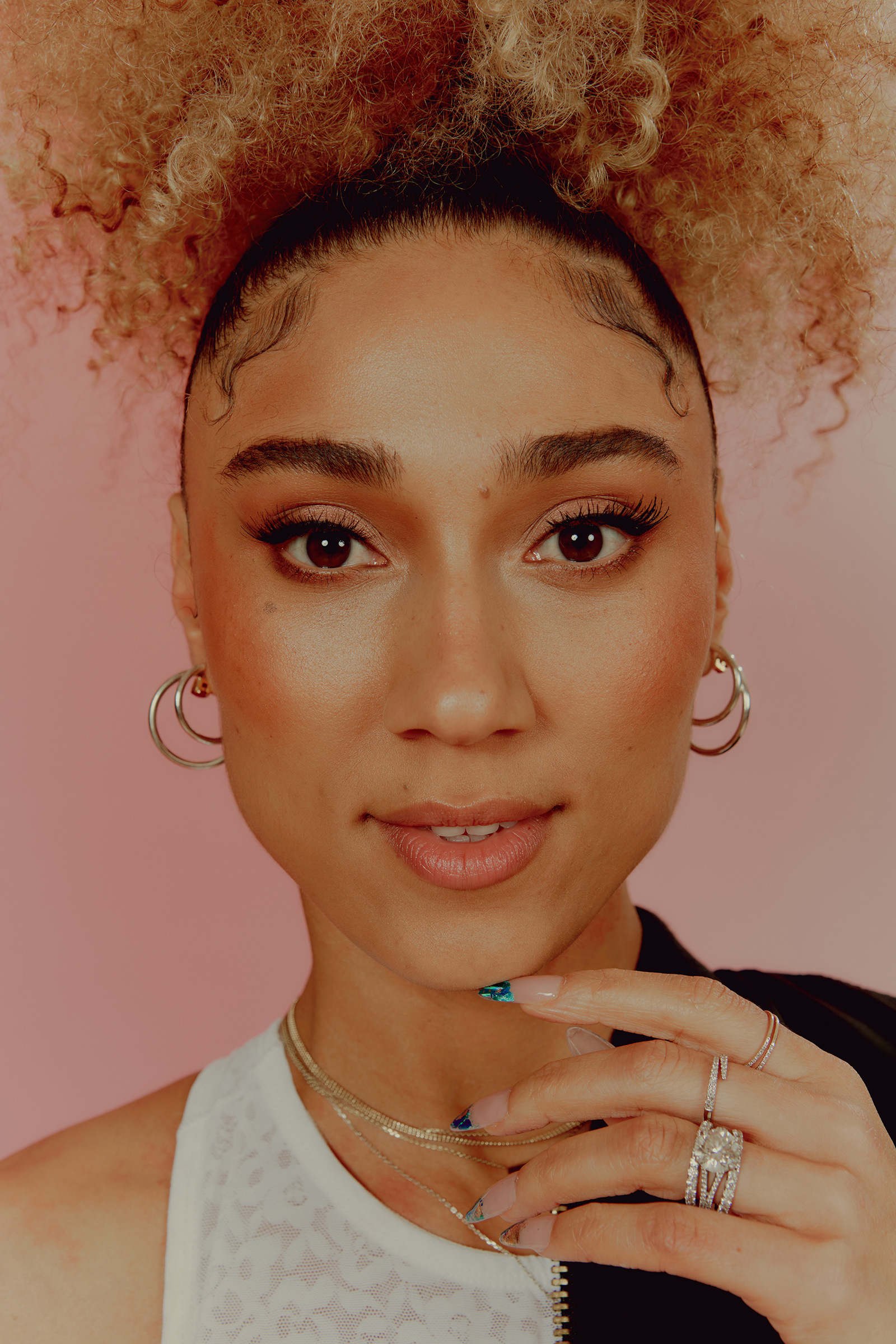
But instructors must maintain a careful balance when showcasing their personal lives. Love, for instance, has tried to cultivate intimacy even as she draws more eyeballs to her accounts. Vogue, People, and “Page Six” breathlessly covered her five-day wedding in Mexico, which included 200 drones taking to the sky to spell Love You, but only her followers could view more personal photos from the extravaganza in her Instagram Stories. She cites her husband’s privacy concerns for this decision: “He’s my No. 1 supporter, but he didn’t sign up to be a Peloton instructor, so it’s about making sure that I protect the people I love and respect their boundaries while servicing my community so they know they have access.” Of course, gating the wedding content only drove more people to follow her account.

The newer instructors often look to the veterans with proven social media savvy. Cotter cites a conversation between Love and fellow instructor and former makeup artist Tunde Oyeneyin as an example of how Peloton talent curate their social feeds to score endorsements. “Ally actually gave her advice that maybe you should do makeup on social media,” says Cotter. “Tunde got a Revlon deal out of that.”
When Cody Rigsby, now 35, first joined Peloton, he thought perhaps imitating Arzón would be the best route to success. “It wasn’t authentic to me,” he says. “Robin is amazing at being Robin. I had to figure out who Cody was.” Rigsby, who sports a Mickey Mouse tattoo on his bicep and worships Britney Spears, studied his sessions and found riders responded to his pop culture references and self-deprecation. They loved when he opined on the texture of Cheetos. “I became sort of the opposite of an inspirational fitness trainer,” he says.

Rigsby now boasts 1.2 million Instagram followers, the most of any Peloton instructor. In 2021, he competed on Dancing With the Stars and made it to the finale with his partner Cheryl Burke. (A Dancing With the Stars representative said the show does not comment on contestants’ salaries, but Variety reported in 2019 that they make $125,000 during the initial weeks and earn bonuses as they progress, maxing out at $295,000.) Peloton set up a makeshift studio in its Pasadena showroom while Rigsby was in Los Angeles, and he would film classes between rehearsals and performances. His recent deals include Gatorade, Chobani, Capital One, Invisalign, Adidas, Pure Leaf, Whole Foods, Primal Kitchen, Therabody, and Degree.
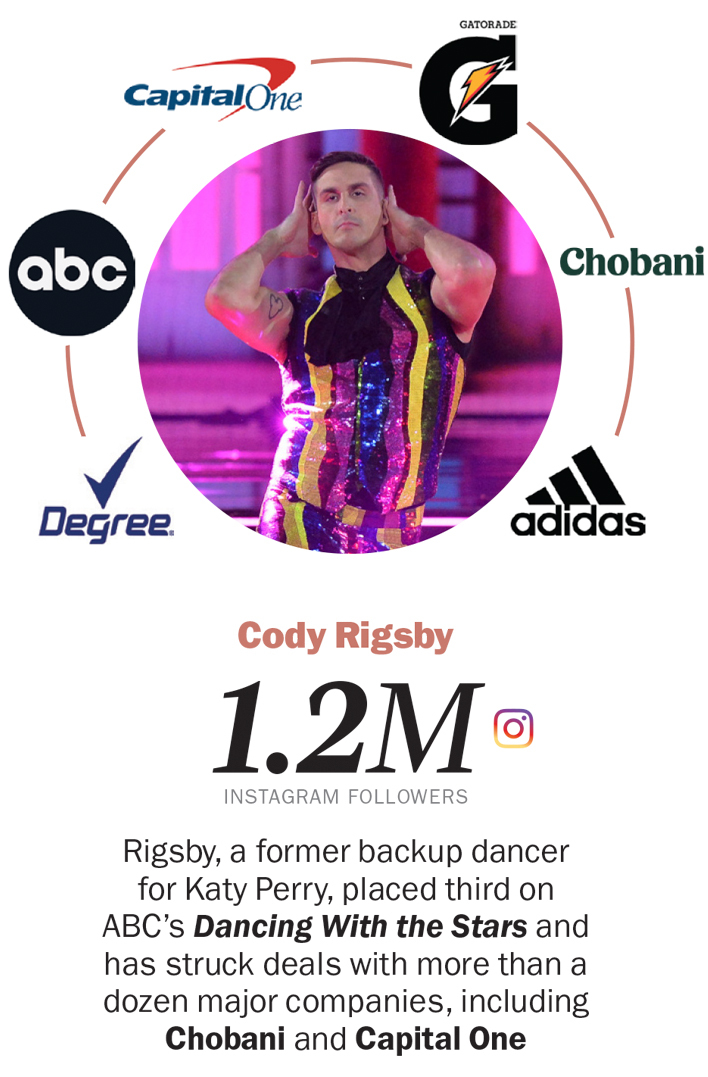
Emma Lovewell, too, has seen her offers expand. She had sent out a newsletter with recipes, gift guides, and travel tips to her riders at Peloton competitor SoulCycle. But it was only after she switched to Peloton that she was able to build the business. “At SoulCycle, I was reaching 40 to 50 people a class—hundreds of people, tops, all in New York City,” says Lovewell, 34. “Peloton is just massive.” She’s also designed jeans for the brand Sene, modeled for Under Armour, and developed recipes with plant-based food company Kite Hill.

A 2020 study on the influencer market found that the most valuable level of social media influencer to corporations is the “macro-influencer” who has between 100,000 and 1 million Instagram followers. “It’s a sweet spot, because they are not super expensive yet, but they still have a sizable follower base and they’re more authentic and get more engagement,” says co-author Colin Campbell, a marketing professor at the University of San Diego’s Knauss School of Business. “Once they get bigger, they tend to become more diva-like in terms of their demands and pay.”
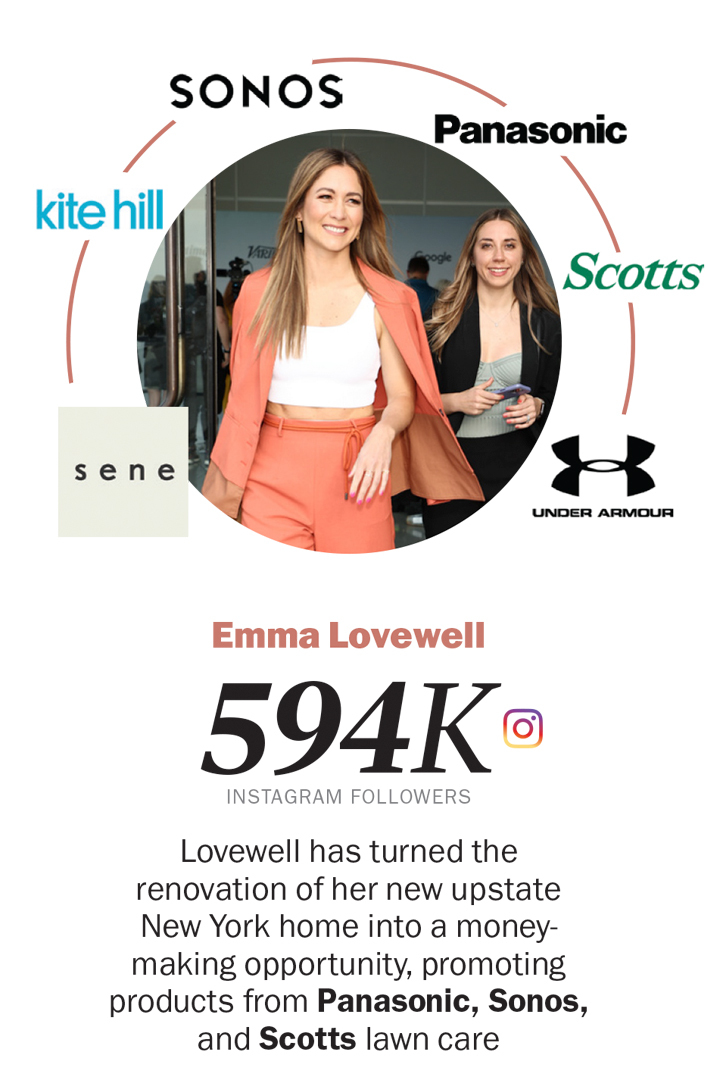
Alex Toussaint, who has 571,000 Instagram followers, falls squarely into that macro-influencer category. He has deals with Puma and Hyperice, another massage-device company, and wants to model his career on athletes who tend to be selective about where they lend their names, like LeBron James and Steph Curry (who takes Toussaint’s classes). When Toussaint, 29, became a Puma global ambassador last year, he partnered with the athletics brand to invest in his foundation, Do Better, which uplifts marginalized communities. “I’ve never chased a dollar. I’ve always chased purpose,” says Toussaint. “My grandmother always told me purpose is the most powerful, and the money will follow.”
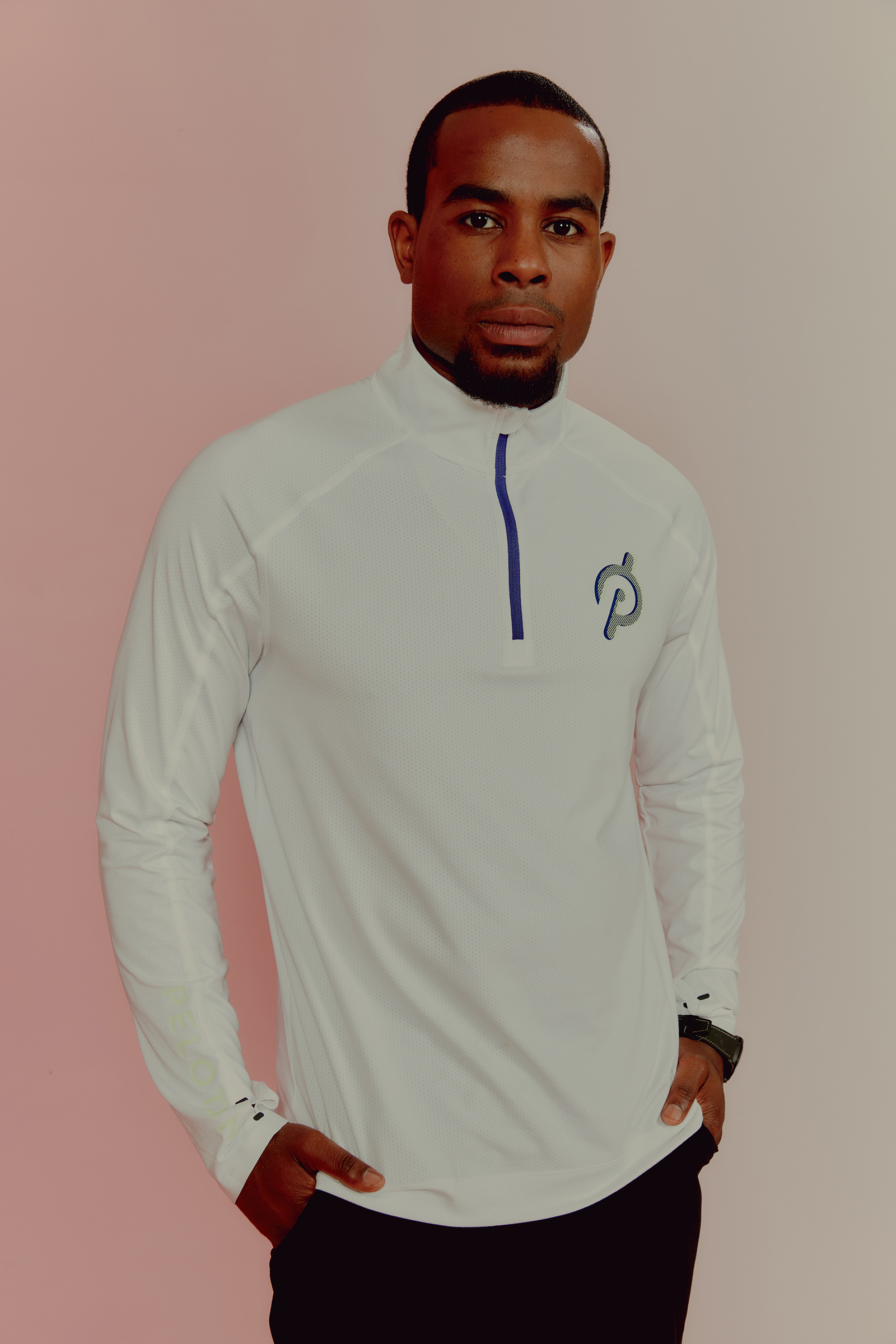
Still, more followers translate to more money. “It wouldn’t be surprising to me if instructors like Cody and Robin are getting close to $20,000 per post on average,” says Watson of NYU. Asked how much she makes from outside endorsements, Arzón is coy. “It’s more than my income at Peloton,” she says. “Let’s just say it’s a few salaries.”

When Barry McCarthy took over as CEO in February, instructors’ outside deals—and time away from the studio—came under scrutiny. “He was like, ‘Tell me again why we let them do this?’” says Cotter. “Not everyone at the organization always understands. Why not just tell them the equivalent of ‘Shut up and dribble’? The answer is that these are professional athletes that deserve to go far in life, and Peloton is absolutely building a business off their brilliance. So why not make them feel super valued?”
Read More: How ‘Subscribe to Me’ Became the Future of Work
These days Peloton instructors can run potential deals by a committee and get a quick answer. Cotter even encourages new instructors to look into outside partnerships after about a year and a half. Peloton prohibits its instructors from making commercials with competitors, endorsing alcohol brands, or appearing in adult films, but almost anything else is fair game. “Did people watch Dancing With the Stars and go buy a Peloton? We’re not sure that happened, but we don’t care,” says Cotter of Rigsby’s stint on the show. “It exposed him to the masses, and that’s great value for him, which is great value for us. There’s not a direct response in our business, but it does make people at Peloton feel happy and heard and respected.”

The company also doesn’t dictate what instructors say on the bike. During the racial justice protests in 2020, Toussaint made an impassioned speech in a class. “For some of y’all, I’m the one person from the African-American community in your household,” he said. He shared his own stories of getting pulled over by the police on social media. “I never had to ask approval for anything,” says Toussaint. “The reason you get the job is that level of trust and authenticity.” Lovewell has similarly spoken out about anti-Asian hate during rides.
The only time Cotter really pushes back against instructors is when they want to take on too much, as she worries they might dilute the trust they have built with their followers if they endorse every product. Rigsby admits his initial inclination was to sign more deals: “In retrospect, I’m glad they guided me away from certain partnerships that weren’t worth my time.”
Very few instructors have left the Peloton family, in part because they’re afforded so much leeway. But this freedom isn’t the only reason they stay. A Bloomberg report from January 2021 found that senior instructors made $500,000-plus in compensation. A recent earnings report nodded to their value, noting that Peloton’s declining stock price may hamper its ability to hire and retain top-tier fitness talent who are offered shares in the company. “If they haven’t left the Peloton ecosystem, it’s almost certainly because Peloton has signed them to exclusive contracts where they’re paying them several million dollars,” Watson says. (A Peloton spokesperson said the company does not comment on employee compensation.)
Instructors also know that just as Peloton’s future is uncertain, physically, they can’t do this job forever. They’re incentivized to squeeze what they can out of the gig. Toussaint, who went to military school and worked his way up from mopping floors at a cycling studio to being a fitness pro to the stars, compares the life of an instructor to that of a professional athlete. “We train. We study the tape. We produce at a high level every single day,” he says.
But that intensity can take a toll. Rigsby acknowledges that his body simply cannot sustain riding the bike every day for years on end. “I grew up with a single mother who was on welfare and food stamps. We went through multiple evictions. So my relationship with money is interesting,” he says. “I recognize that notoriety and fame only lasts for so long, so I do want to capitalize on it in an authentic way and set myself up for success in the future.”
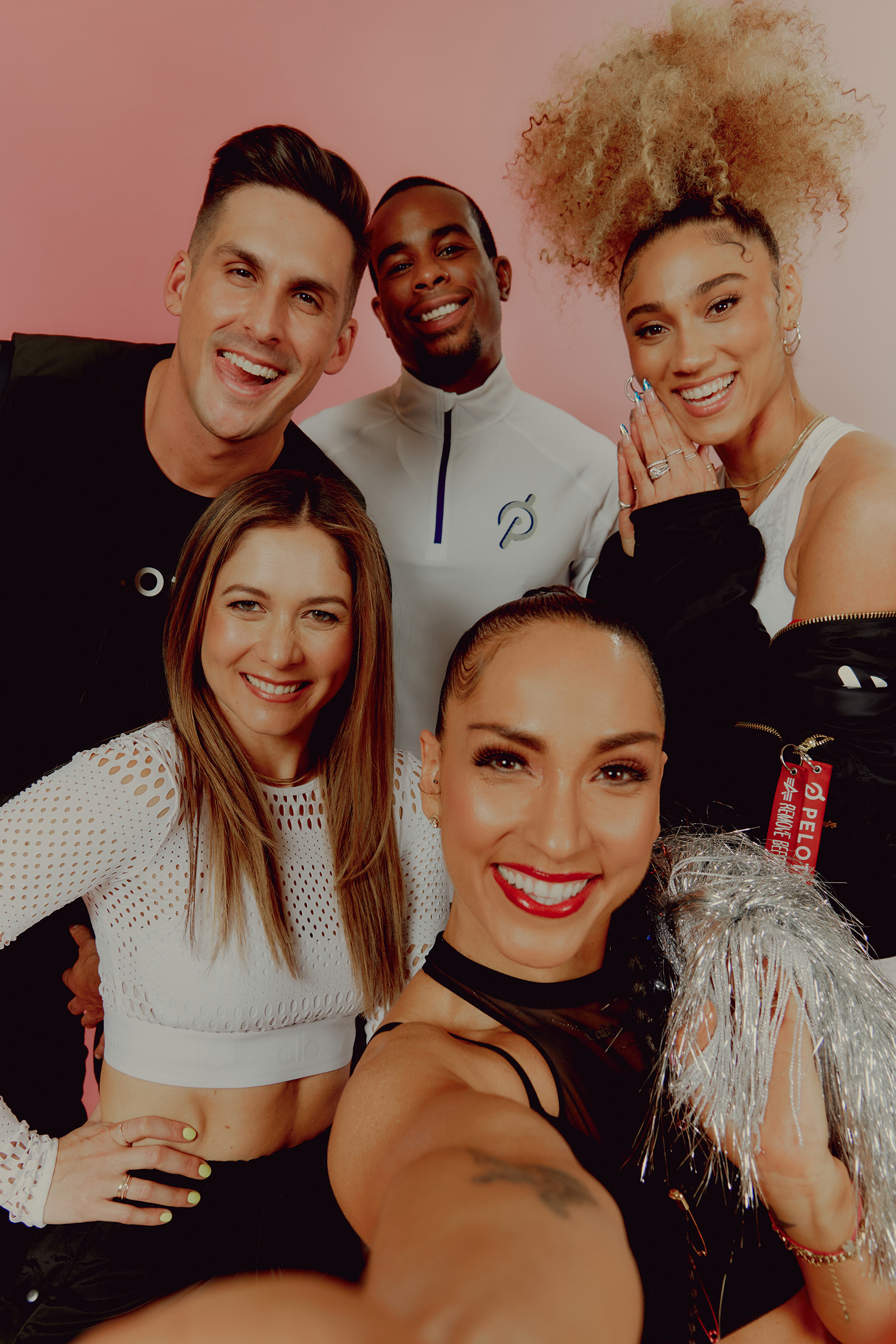
Peloton reopened in-person classes to a small number of members on June 10, in a new Manhattan studio specifically designed to showcase its stars, with a larger floor plan and more cameras. The studio will fully reopen later this summer, and Peloton riders are already taking to social media to plan “Pelogrimages” to New York to work out with their favorite instructors.
Cotter envisions a future in which instructors can play less demanding roles. “I’ve talked about it with the instructors and do want to make them feel their sense of mortality is not as imminent as they think it is. I’ve already told them, ‘You can do fewer classes. Don’t worry about it. You’re going to be here until you’re 90,’” she says. “But yes, we understand that’s why they pursue these things.”
She sounds like a proud mother as she discusses the talent: she beams when she recalls Toussaint winning MVP at the NBA All-Star Celebrity Game and raves about Arzón’s books. Their successes are her successes—well, Peloton’s—even as it becomes increasingly apparent that one day they may leave the nest. “I hope they never quit,” she says. “Not on my watch.”
With reporting by Nik Popli and Simmone Shah
More Must-Reads From TIME
- The 100 Most Influential People of 2024
- The Revolution of Yulia Navalnaya
- 6 Compliments That Land Every Time
- What's the Deal With the Bitcoin Halving?
- If You're Dating Right Now , You're Brave: Column
- The AI That Could Heal a Divided Internet
- Fallout Is a Brilliant Model for the Future of Video Game Adaptations
- Want Weekly Recs on What to Watch, Read, and More? Sign Up for Worth Your Time
Write to Eliana Dockterman at eliana.dockterman@time.com